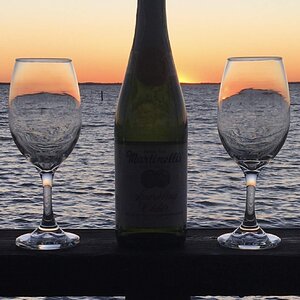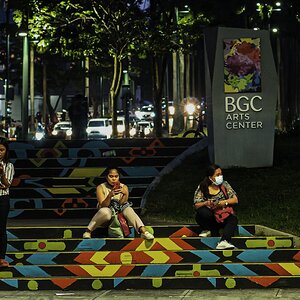- Joined
- Sep 13, 2013
- Messages
- 1,545
- Reaction score
- 636
- Location
- United States, PNW
- Can others edit my Photos
- Photos OK to edit
I hate all the Nikon Jargon. FX/DX/G/S/D/AF/AS etc blah blah.
I currently have a D7100 - a mistake when I bought it, as I should have gone full frame. Too late now, but I enjoy my photography regardless.
So I have 5 lenses with it, as I may have mentioned in other posts. I am looking to upgrade to FF soon.
Which of them will work on a full frame such as D3S/D4
And what would be the effect of them on a full frame?
12-24mm f/4 AT-X 124 AF PRO DX II - TOKINA
35mm f/1.8G AF-S DX AF-S DX NIKKOR
18-105mm f/3.5-5.6G ED VR AF-S DX NIKKOR
105mm f/2.8G ED-IF AF-S VR NIKKOR
55-300mm f/4.5-5.6G ED VR - NIKKOR
Also, do we think the new Nikon DF will allow any of these lenses to be attached?
I currently have a D7100 - a mistake when I bought it, as I should have gone full frame. Too late now, but I enjoy my photography regardless.
So I have 5 lenses with it, as I may have mentioned in other posts. I am looking to upgrade to FF soon.
Which of them will work on a full frame such as D3S/D4
And what would be the effect of them on a full frame?
12-24mm f/4 AT-X 124 AF PRO DX II - TOKINA
35mm f/1.8G AF-S DX AF-S DX NIKKOR
18-105mm f/3.5-5.6G ED VR AF-S DX NIKKOR
105mm f/2.8G ED-IF AF-S VR NIKKOR
55-300mm f/4.5-5.6G ED VR - NIKKOR
Also, do we think the new Nikon DF will allow any of these lenses to be attached?


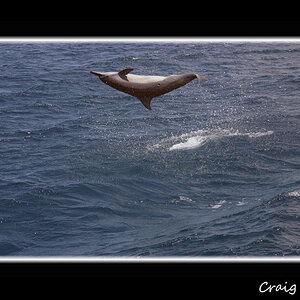
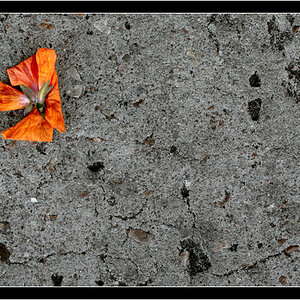
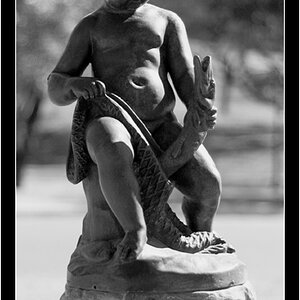
![[No title]](/data/xfmg/thumbnail/37/37539-ae46a74e6510aad73c9101a029847880.jpg?1619738133)

![[No title]](/data/xfmg/thumbnail/37/37538-d4704bfd4f0e4b1941649d81ff8edf2c.jpg?1619738133)
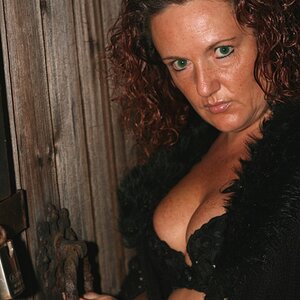
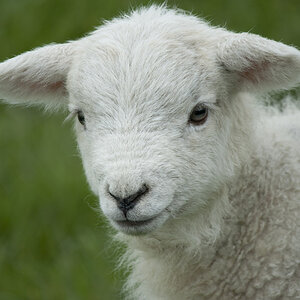
![[No title]](/data/xfmg/thumbnail/30/30989-2ed4e52fa80fcd0ba553c515ffc589cd.jpg?1619734553)
![[No title]](/data/xfmg/thumbnail/37/37537-25afab1a7980214af6067df3c997c353.jpg?1619738132)
